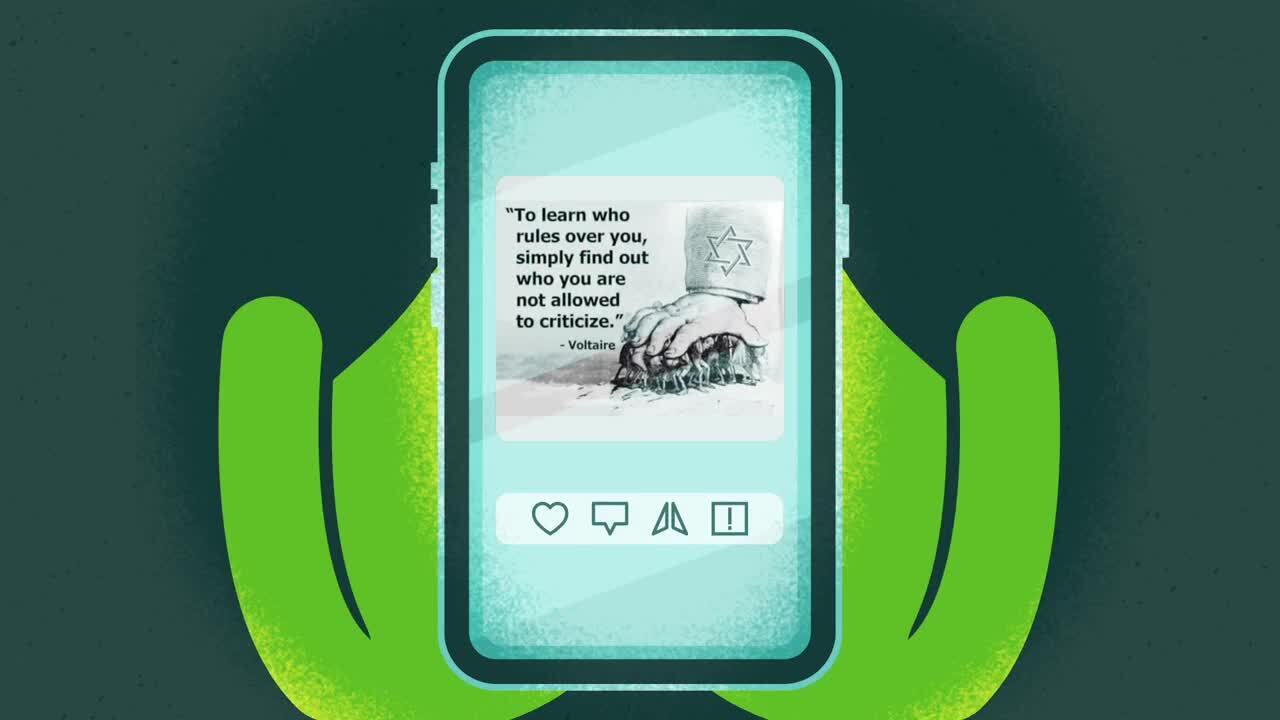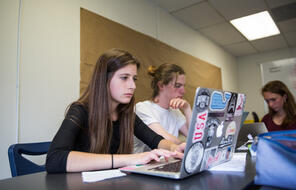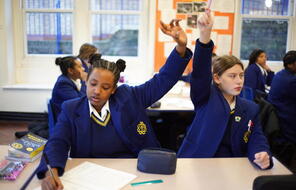
Deconstructing Antisemitic Memes: Helping Students Critically View Online Hate
Duration
Two 50-min class periodsSubject
- Civics & Citizenship
- Social Studies
Grade
9–12Language
English — USPublished
Overview
About This Lesson
This lesson guides students in deconstructing images of online hate, with a focus on antisemitic memes. Students will identify the tropes and conspiracy narratives that are almost always embedded in expressions of antisemitism and consider the impacts of these memes. Practicing this critical examination in a contained classroom environment will help students identify, critically analyze, and deconstruct the antisemitic and racist content they likely do or will encounter on social media.
Several of the techniques and concepts integrated into the following lesson are adapted from Monika Hûbscher's (University of Duisburg-Essen, University of Haifa) workshop on social media literacy and antisemitism, part of a German research project entitled "Antisemitism and Youth." Hübscher and her fellow researchers have concluded that social media literacy, and specifically the deconstruction of antisemitic material, is essential to the critical examination of and response to antisemitism on social media.
Preparing to Teach
A Note to Teachers
Before teaching this lesson, please review the following information to help guide your preparation process.
Lesson Plan
Day 1
Day 2
Materials and Downloads
Additional Resources
Resources on Jewish Identity and Culture
Unlimited Access to Learning. More Added Every Month.
Facing History & Ourselves is designed for educators who want to help students explore identity, think critically, grow emotionally, act ethically, and participate in civic life. It’s hard work, so we’ve developed some go-to professional learning opportunities to help you along the way.
Exploring ELA Text Selection with Julia Torres
On-Demand

Working for Justice, Equity and Civic Agency in Our Schools: A Conversation with Clint Smith
On-Demand

Centering Student Voices to Build Community and Agency
On-Demand


















